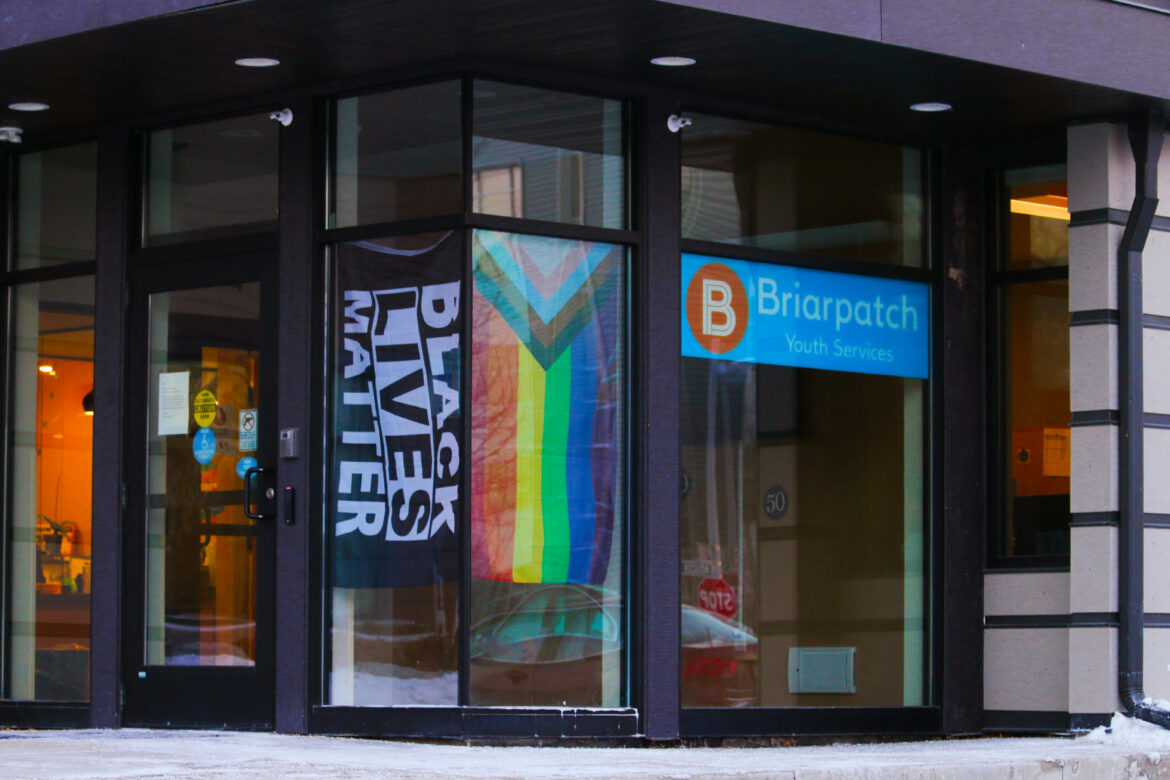Federal program lets young people without stable housing take the lead
In Dane County, an estimated 300 young people experience homelessness on a daily basis, according to Briarpatch, a non-profit organization dedicated to serving homeless youth in Dane County. Resources for youth experiencing homelessness are lacking and often overlooked in policy conversations, but a new effort in Dane County seeks to change that.
In October, the county received $2.5 million in funding from the U.S. Department of Housing and Urban Development as part of its Youth Homelessness Demonstration Program. The grant was awarded to the Dane County Consortium of Care in partnership with Briarpatch.
The grant program, launched by HUD in 2016, is designed to help communities support homeless youth, typically ranging from ages 12–24. The initiative selects areas of the country to create community coordinated plans to combat youth homelessness and then report back so information can be shared with other communities across the nation.
Unlike many other HUD grants, the program requires that youth voices be heavily included throughout the planning and implementation stages. Those working in the field are excited about the program because of the opportunity it presents for youth to get involved in solving the issues they face daily.
“What I’m most excited about for this Youth Homelessness Demonstration Program is it’s pushing us to incorporate youth voice and to follow the youth, which is new. It’s amazing to have their experience and expertise brought into this,” said Dane County Consortium of Care Coordinator Torrie Kopp Mueller.. “That’s really exciting to me to actually have some programming that is brought forward by youth to serve youth.”

Briarpatch Street Outreach Program Coordinator Tyler Schueffner said he is looking forward to seeing HUD try a new approach.
“This is a completely unique way of doing things for them. They are one of the most rigid and bureaucratic systems ever, but this feels different,” Schueffner said. “It’s the emphasis that they’ve placed on listening. Usually it’s very top down, very heavy handed, and this is not, so far.”
Schueffner says youth voice is instrumental in the work of ending youth homelessness.
“None of the implementations will be done unless our young people sign off on it and agree that that’s what needs to happen,” Schueffner said. “The young people that we’re working with, they have a lot to say about their experience. They have a lot to say about the community as a whole.”
With the program being geared specifically toward youth, community leaders are excited to see a program meeting needs that are often overlooked in conversations about homelessness.
“Most of the conversations were really geared toward adult homelessness and there was not a lot of space for us to talk about young people,” Schueffner said. “If we don’t address it here it becomes the chronic homelessness issue that we’re trying to eradicate.”
Community leaders say there are significant gaps in Dane County’s homeless services when it comes to youth experiencing homelessness. For one, homelessness looks different for youth than it does for adults.
“They tend to stay with family and friends. They might be staying on a couch here, a couch there, and don’t necessarily identify as experiencing homelessness,” Kopp Mueller said.
Schueffner echoed this sentiment.
“A lot of times people don’t think that there’s a housing insecurity issue because it’s not literal homelessness, people aren’t sleeping in tents outside, they’re not sleeping on park benches,” Schueffner said. “The reality is, housing is not affordable. There are a lot of people putting themselves in compromising situations just to meet the basic need of shelter.”
For many young people, barriers to housing are in some ways greater than they are for adults.
“The biggest barriers are experience, access to income, access to co-signer, access to credit scores, and criminal history. The majority of the young people that we’re serving have a zero for all of those things except for criminal history,” Schueffner said.
Kopp Mueller said the resources aren’t there to help young people to overcome those obstacles.
“We haven’t quite figured out how to provide those skills around what does it mean to sign a lease, what does it mean to have an apartment, what responsibilities do you have now that you’re out on your own as an adult,” Kopp Muller said.
In addition, for young people who are unhoused, the shelters that currently exist in Dane County are not able to serve minors and are often not suitable for vulnerable young people over the age of 18.
“Shelter-wise, 18–24 year olds can access shelter but it doesn’t feel safe, it’s scary,” Kopp Mueller said. “They’re vulnerable, like, older adults will say ‘Let me take you under my wing’ and it may not be the most positive wing to be under.”
Schueffner said he’d like to see resources designed specifically for youth that are separate from those available to adults experiencing homelessness.
“We have to design a system that is separate from the adult system,” Schueffner said. “The resources that are available [to youth] are oftentimes inappropriate and actually harmful.”
He agreed that the shelter system is not working for youth.
“The system that’s the most harmful is the men’s shelter. Very little support, very little actual movement toward housing, substance use, mental illness that’s going untreated and unsupported, and nobody wants it anywhere,” Schueffner said. “When we are meeting with a young person, a young male, to have them go to the men’s shelter when they’re 18 or 19 years old, knowing what they’re gonna experience, is absolutely harmful, and it’s gonna be very traumatizing. I wouldn’t want anybody going there, honestly.”
However, Kopp Mueller is optimistic that the Youth Homelessness Demonstration Program can help alleviate some of these issues.
“There are some state rules or laws that make it hard to operate shelter for young people so I’m hoping that getting these funds will open up those conversations to figure out what we can change policy-wise to make it easier,” Muller said.





